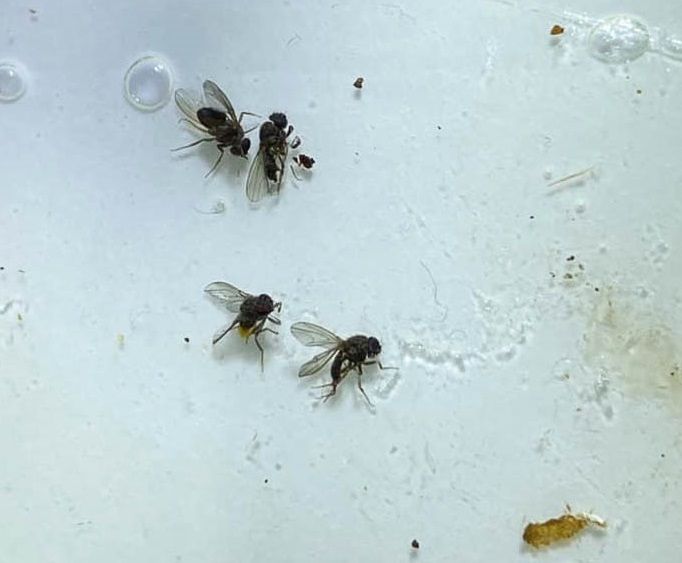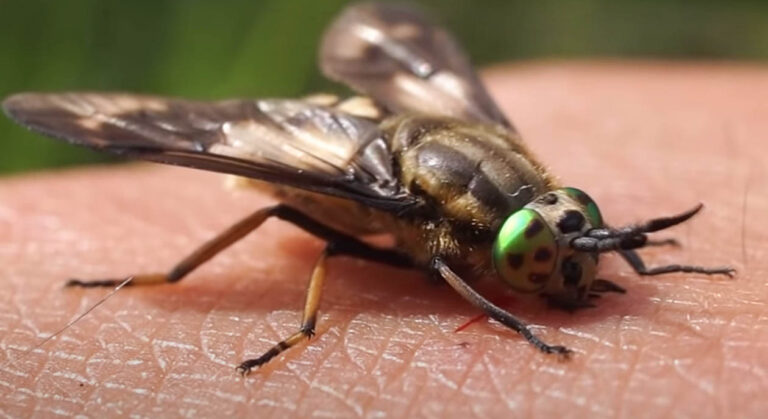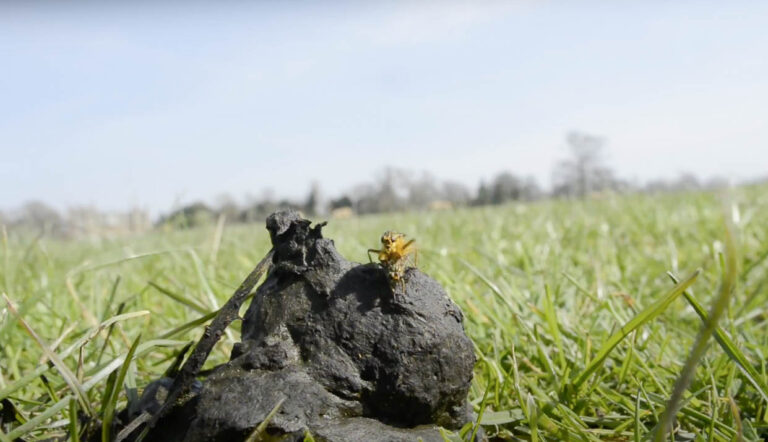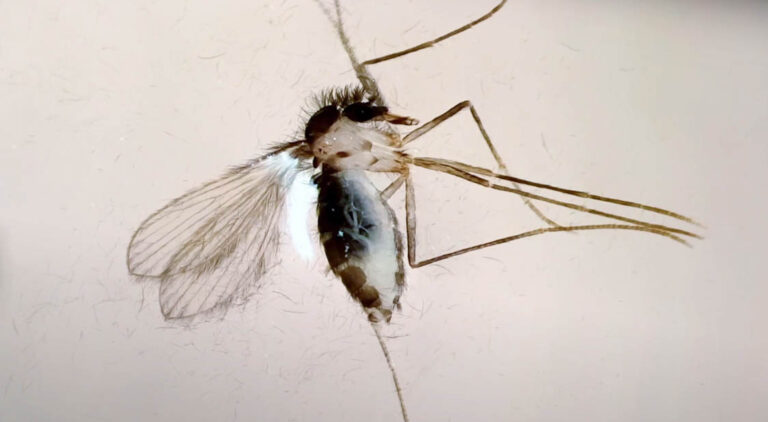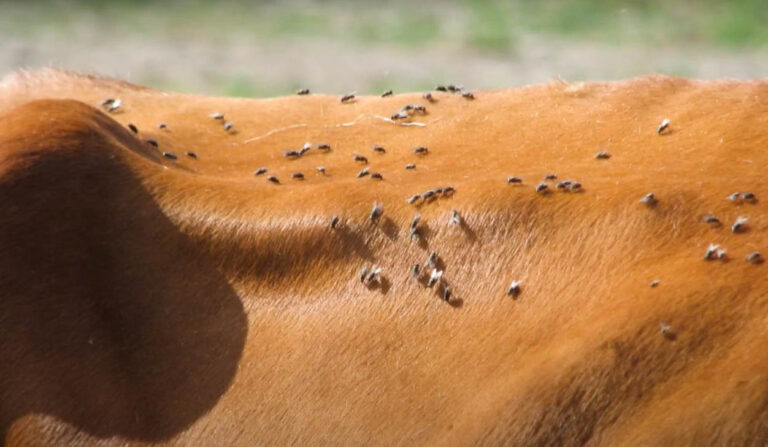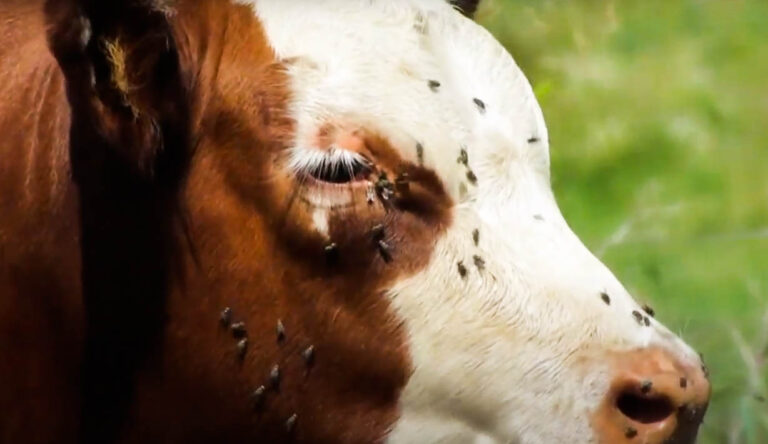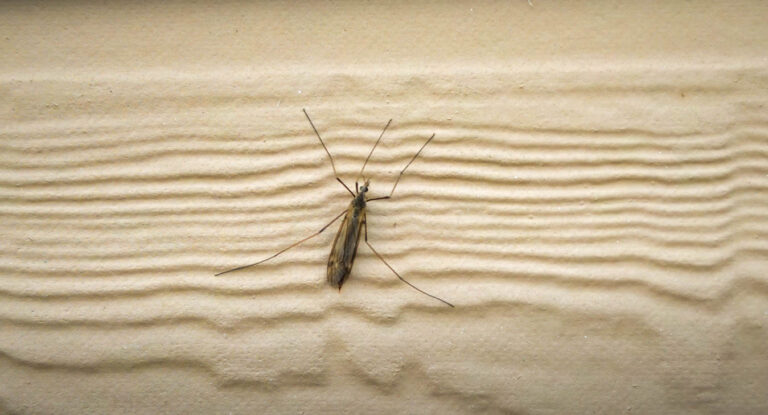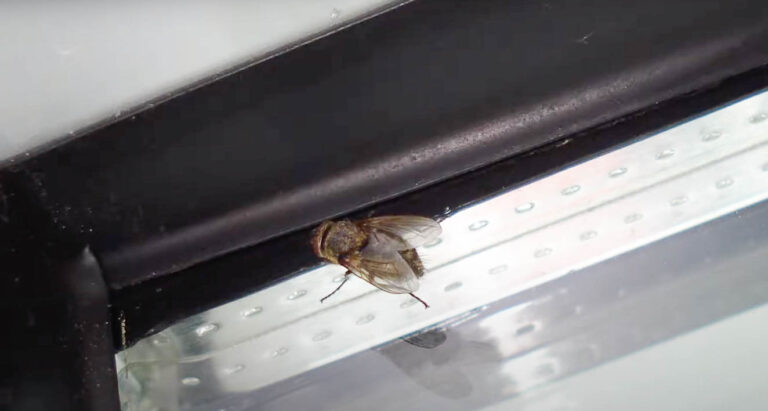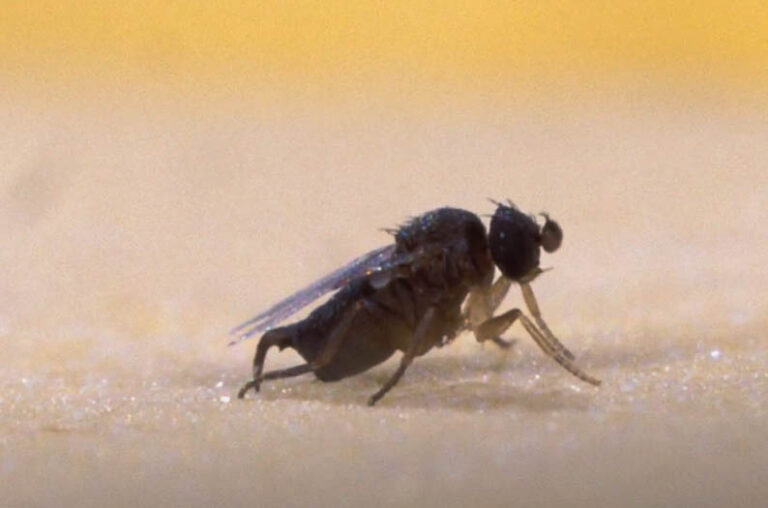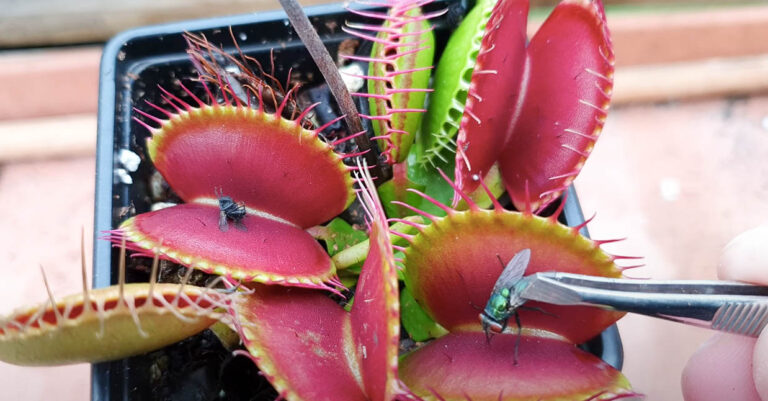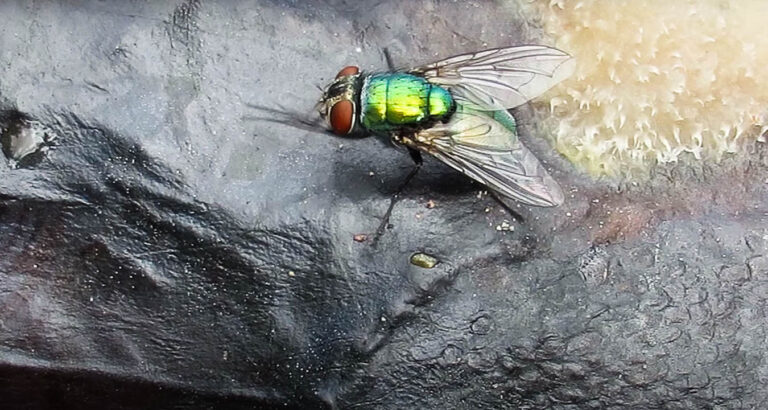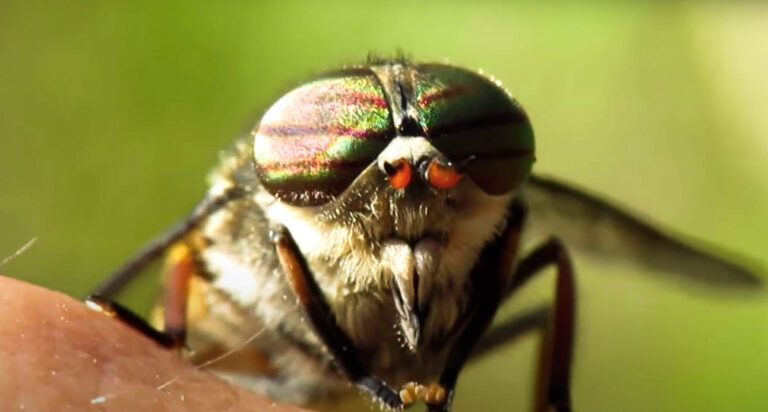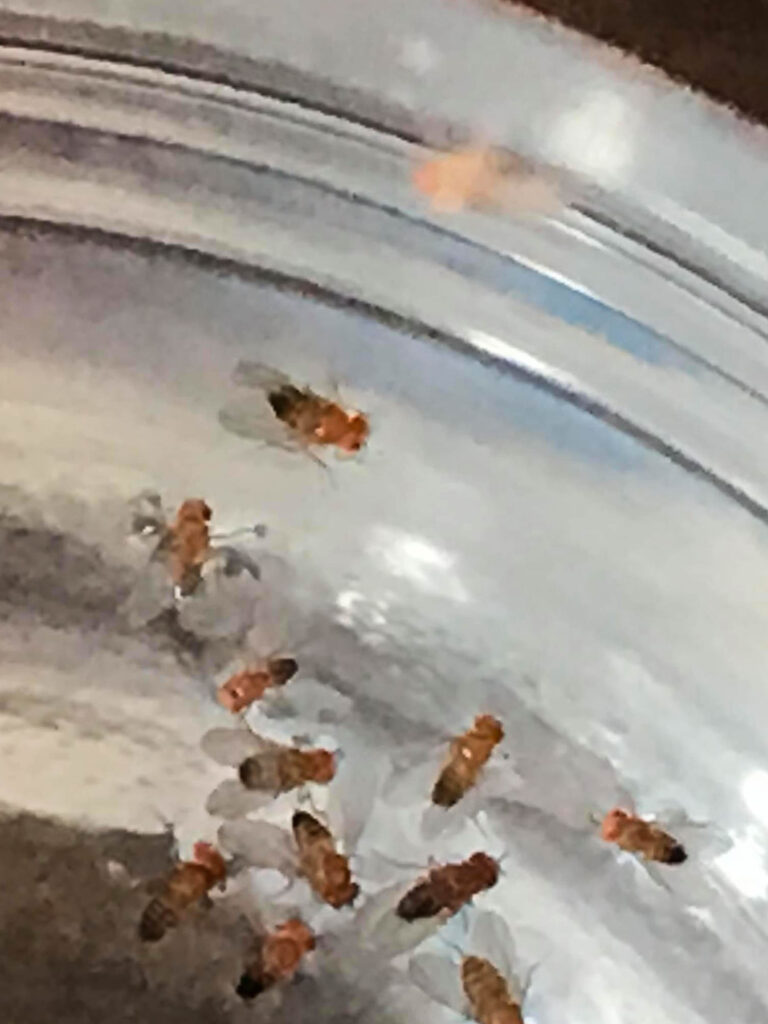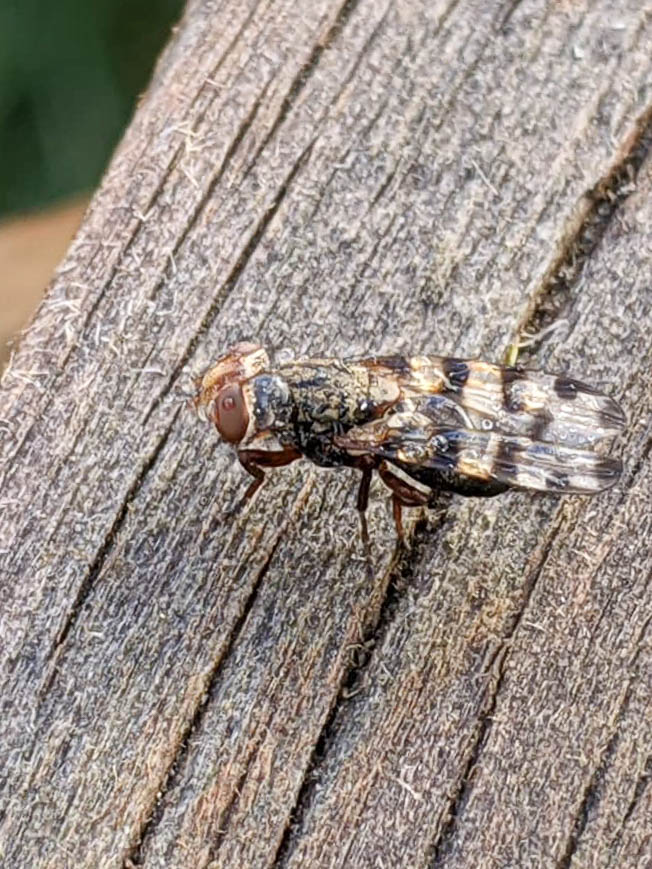About the Black Fly
Appearance
Black flies are the colloquial name for an expansive range of species. At present, there are 2,200 species of black fly formally named. Therefore, there is a stunning variety of shapes and sizes. In regards to the similarities between the species, black flies tend to conform to the following appearance. Their bodies are small, typically, ranging from 1.3 to 8.5 mm (0.05 to 0.3 in) in length. Their heads are dominated by two dull red compound eyes, accompanied by a pair of small antennae. Moving down their body, their thorax is large with a significant bump, giving the black fly its characteristic humped- back appearance. It is colored grey to black, with a slight shine to the surface. This blurs into a segmented abdomen, which bends around and down, giving the appearance of a tail. Additionally, there are six short legs. On its back, the wings are translucent and fold down to a flattened appearance. Overall, the black fly has a small but sturdy build, though it is easily mistaken for other species.
Behavior
Similar to horseflies, female black flies are known to feed on blood to aid with egg production. Depending on the species, black flies will prefer a different source of blood. Often this preference is reflected in the specific name of the species. Furthermore, some individuals will travel up to 40 miles from the breeding ground in search of a blood meal. The females will cut the skin open, using specialized mandibles. Then, after letting the blood pool, and through the use of anticoagulants, they will begin to feed.
As a result of this behavior, black flies are known to bite. These bites can be extremely painful, leading to a skin rash and even a severe swelling of a lymph node. On rare occasions, individuals can have a strong allergic reaction. Due to this behavior, public health measures are employed throughout the world to control black fly numbers. Meanwhile, the males are herbivorous, feeding on nectar and other plant material. Therefore, it is only the female who poses a risk.
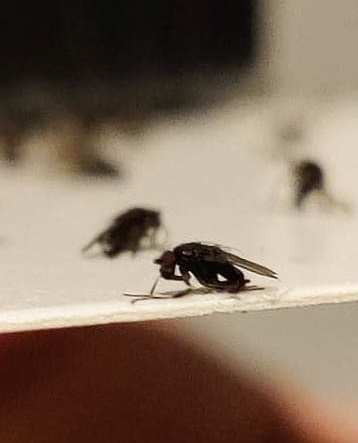
Life cycle
Unlike most species, black flies lay their eggs in running water. An adult female can deposit 150 to 500 whitish eggs. These will develop four to five days before hatching. If the eggs are laid in the fall, they will not hatch until the following spring. Once hatched, the larvae attach themselves to nearby rocks and use tiny hooks and silk tethers. Then, when they are secured, they open their mouths, revealing foldable fans. These fans can catch passing debris, such as organic particulates, algae, bacteria, etc. From the fan, the black fly larvae can get enough food to survive and grow. If there isn’t enough food in the area, they will use a silk string to move to a more suitable location. Once they have grown to a specific size, like other fly species, they pupate. This means entering into a protective shell, while their body metamorphoses from a larva into a fully-fledged adult black fly. These then emerge in a bubble of air to the surface, ready to fly away. The breeding season for black flies typically occurs from spring to fall. They will often congregate in large swarms, causing havoc to the nearby environment. Some species only have one generation per year, while others manage multiple generations.
Habitat
As larvae, black flies require fast-moving currents to provide them with enough food to survive. In polluted rivers, the larvae struggle to thrive. However, once they’ve pupated, adult females will roam the land in search of a blood meal. Sometimes black flies can be seen shortly after emerging in a resting place. This is because their outer layer needs time to harden. Often this is a location away from possible predators.
